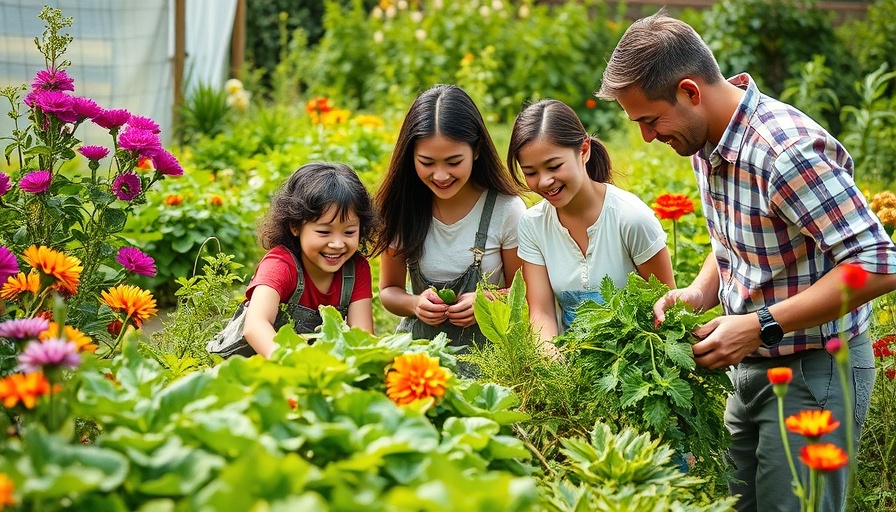
Discovering New Lives in Burgundy: A Culinary Dream
Pursuing dreams in a land renowned for its culinary arts can be both exciting and intimidating, especially for American expats like Marjorie Taylor and her daughter Kendall Smith Franchini. This dynamic duo left their life in Arizona to embrace the alluring charm of Burgundy, where they now cultivate a unique blend of family, food, and French culture. Their journey doesn’t just reflect a change in geography; it signifies a transformation in lifestyle, fostering a beautiful connection with the land and its traditions.
The Heart of the Kitchen: Creating Community
At the center of their story is The Cook’s Atelier, a cooking school founded by Marjorie and Kendall, which has become a sanctuary for food lovers from around the globe. This space operates not only as a culinary school but as a boutique and wine shop, all while being a gathering place for those who aspire to learn the art of French cooking. Their approach emphasizes a philosophy rooted in seasonal ingredients and community engagement—ideal for those homeowners looking to build a welcoming environment.
Living the Rustic Dream: The Woodland House
The family’s love for the outdoors is evident in their home, affectionately named the Woodland House. Located in a small hamlet, it features a spacious kitchen garden and a landscape that dramatically contributes to their cooking philosophy. Here, the family grows everything from potatoes to herbs, deeply integrating the practice of sustainable living into their daily routines. The garden acts as a template for homeowners wishing to create their own edible spaces—an invitation to reconnect with nature and understand where food truly comes from.
Inspiration from Real Life: Transforming a Home
Their cookbook, "French at Heart," serves as a guide for readers wanting to experiment with French cuisine while inviting the rustic lifestyle into their own kitchens. With over a hundred recipes, it captures the essence of their culinary journey through vibrant photography and personal anecdotes. Homeowners increasingly desire to bring such inspiration into their lives, seeking not just recipes, but a way of approaching cooking that celebrates heritage and experience.
Seeing Beyond the Plate: Cultural Integration and Learning
The real magic lies in what Marjorie and Kendall have absorbed from their French counterparts. From learning the nuances of beekeeping to understanding seasonal harvesting, their adventures offer deep insights into the local culture, suggesting that culinary expertise extends beyond the kitchen. Homeowners can cultivate their own connections with neighbors and nature, ultimately enriching their lives through experiential learning and the building of community.
Why Move to Burgundy? The Allure of Simplicity
As expats carve out spaces in regions like Burgundy, they tap into a simpler way of living that many find increasingly appealing. This shift signifies a broader trend of individuals valuing experiences over material possessions, a philosophy that today’s homeowners are keen on adopting. The ability to create edible gardens, embrace the arts of cooking, and learn from surrounding communities resonates strongly with a growing demographic seeking fulfillment outside conventional frameworks.
A Call to Action: Invite French Culture Home
Whether you aspire to cultivate a garden, indulge in cooking arts, or simply bring warmth into your space, it’s time to consider how you can infuse a bit of that "French at Heart" philosophy into your home. Explore local gardening tools, enroll in a cooking class, or turn your kitchen into a hub for families and friends. Your home can symbolize a life of simplicity and connection, echoing the very essence of what it means to be "French at Heart." Don’t wait—bring those dreams to your own backyard.
 Add Row
Add Row  Add
Add 




Write A Comment